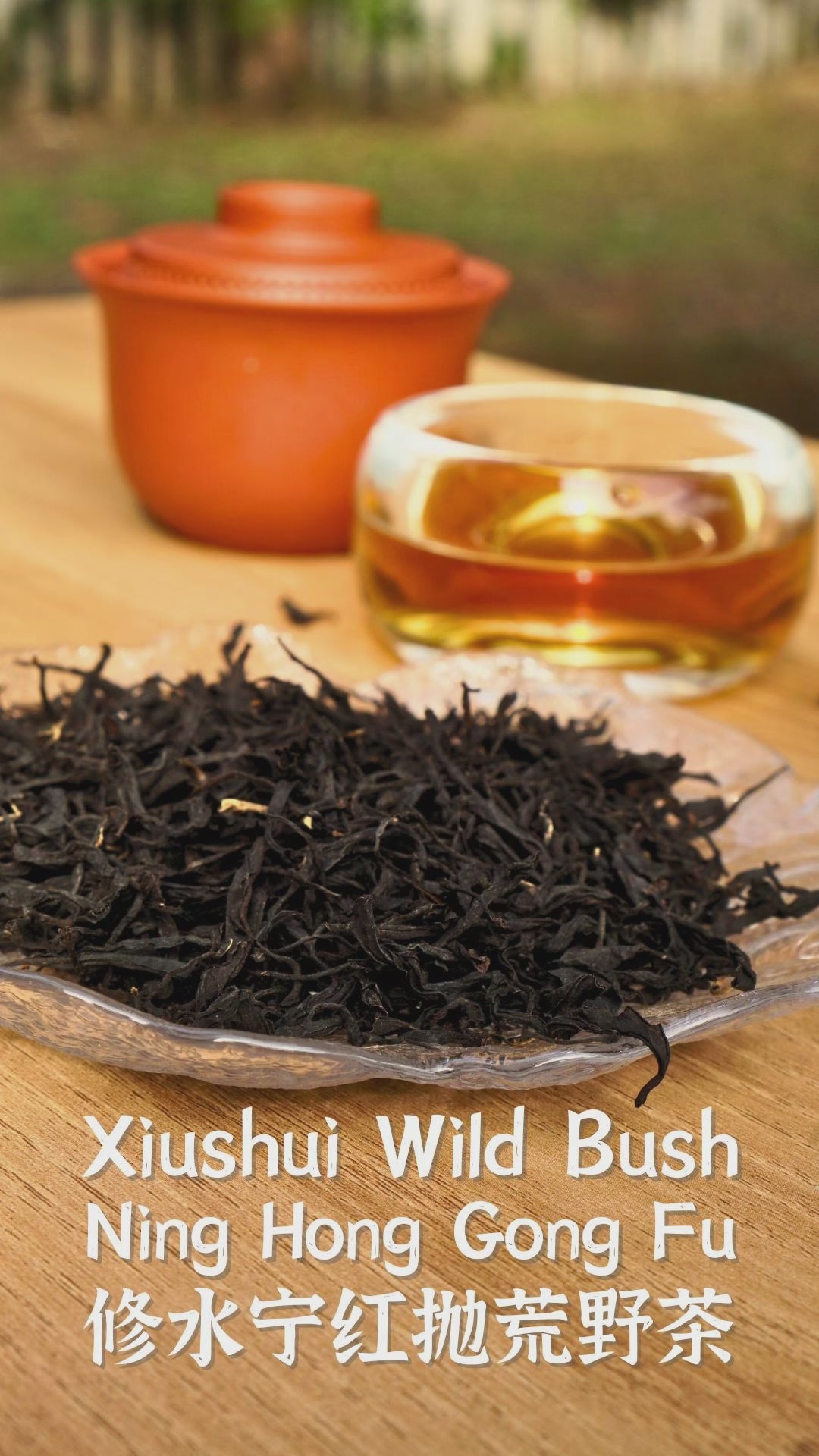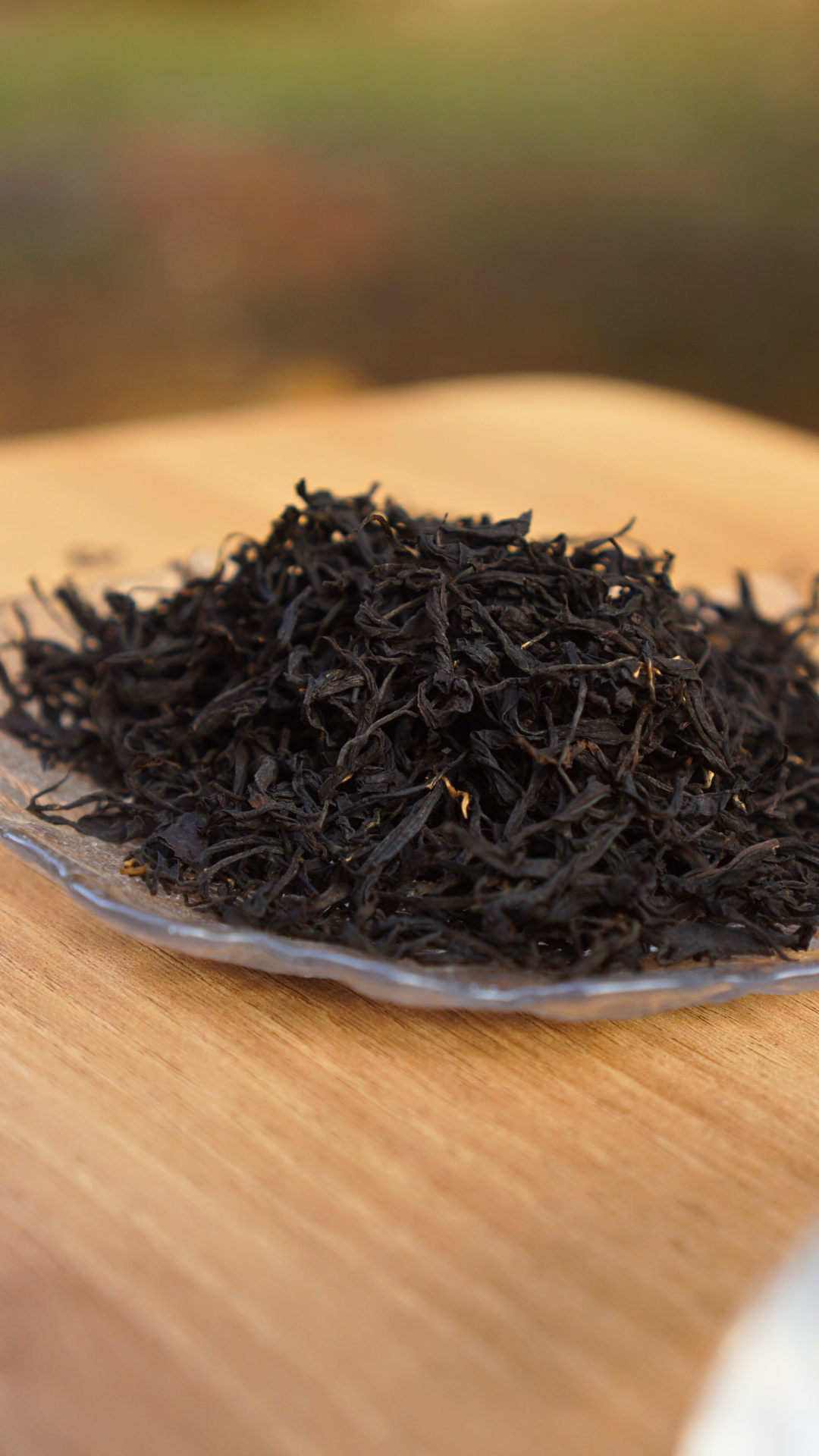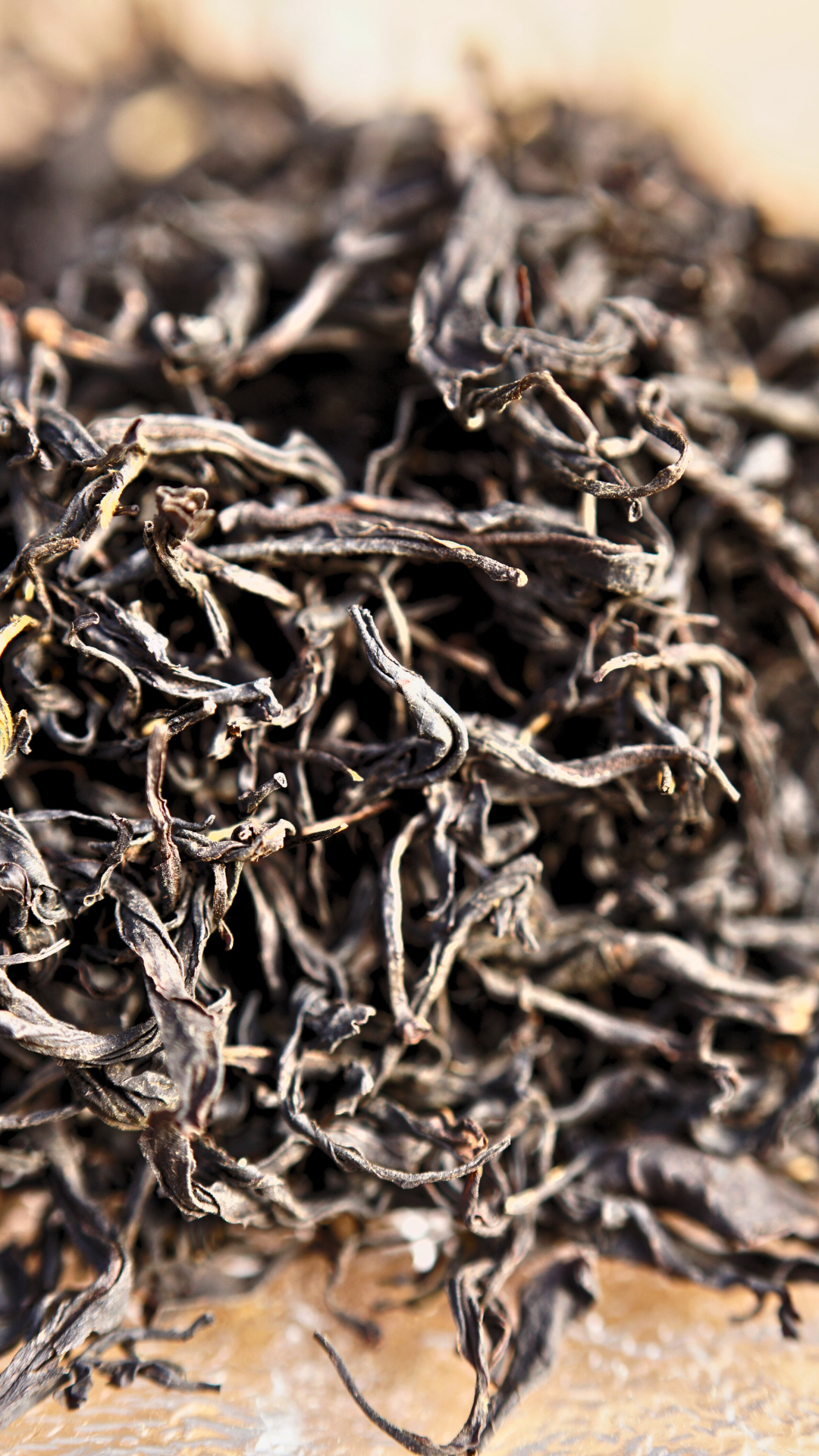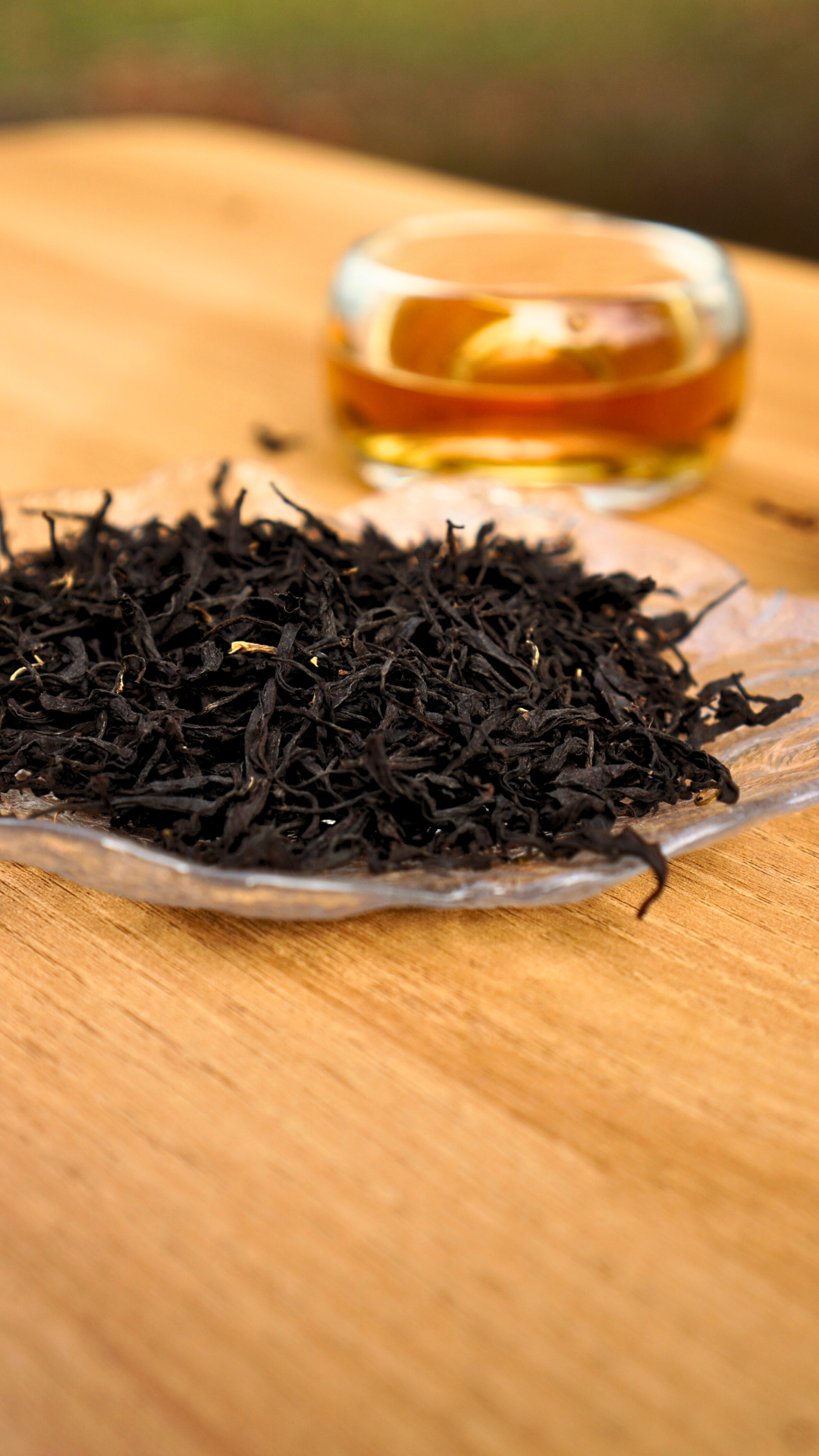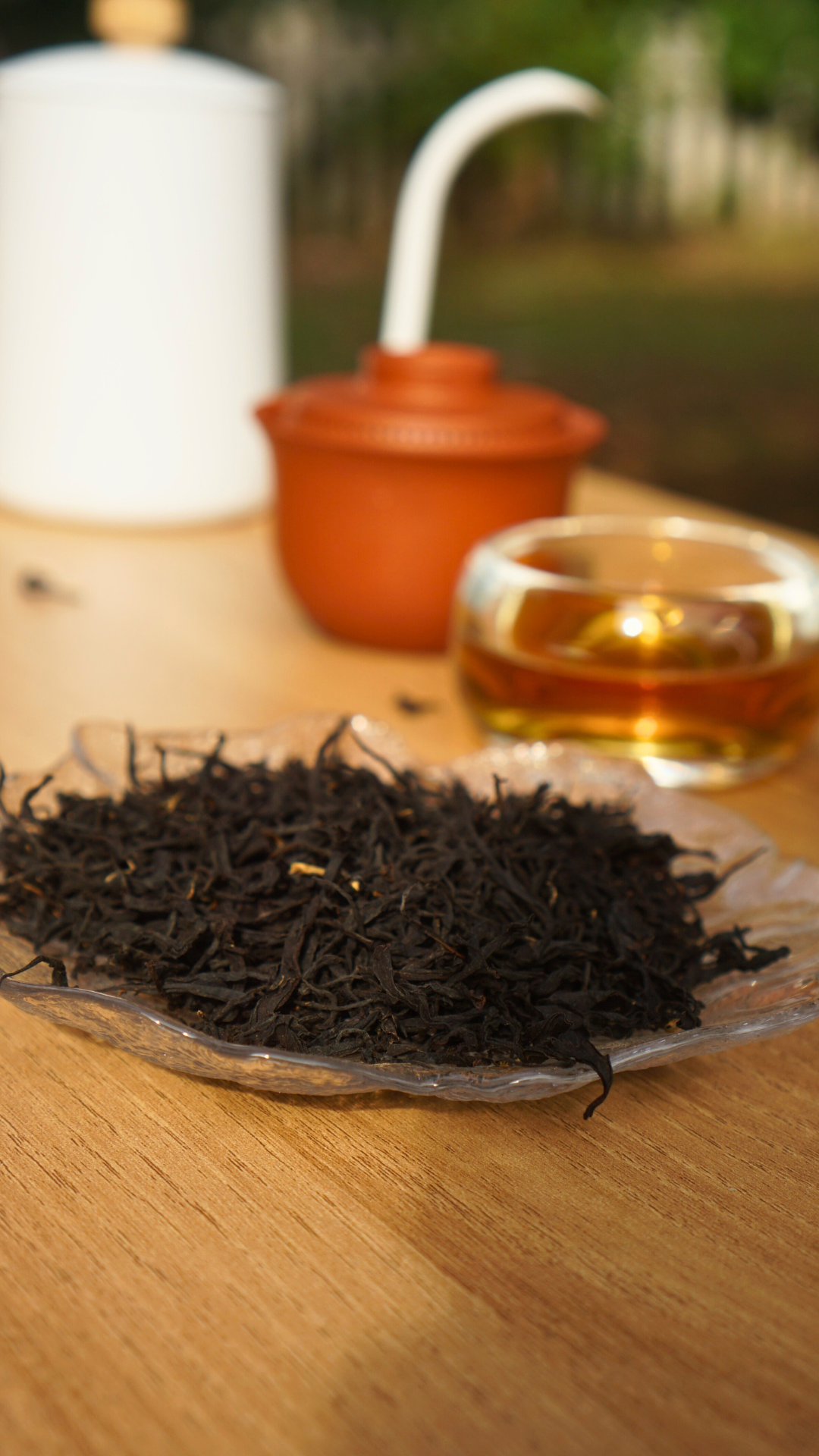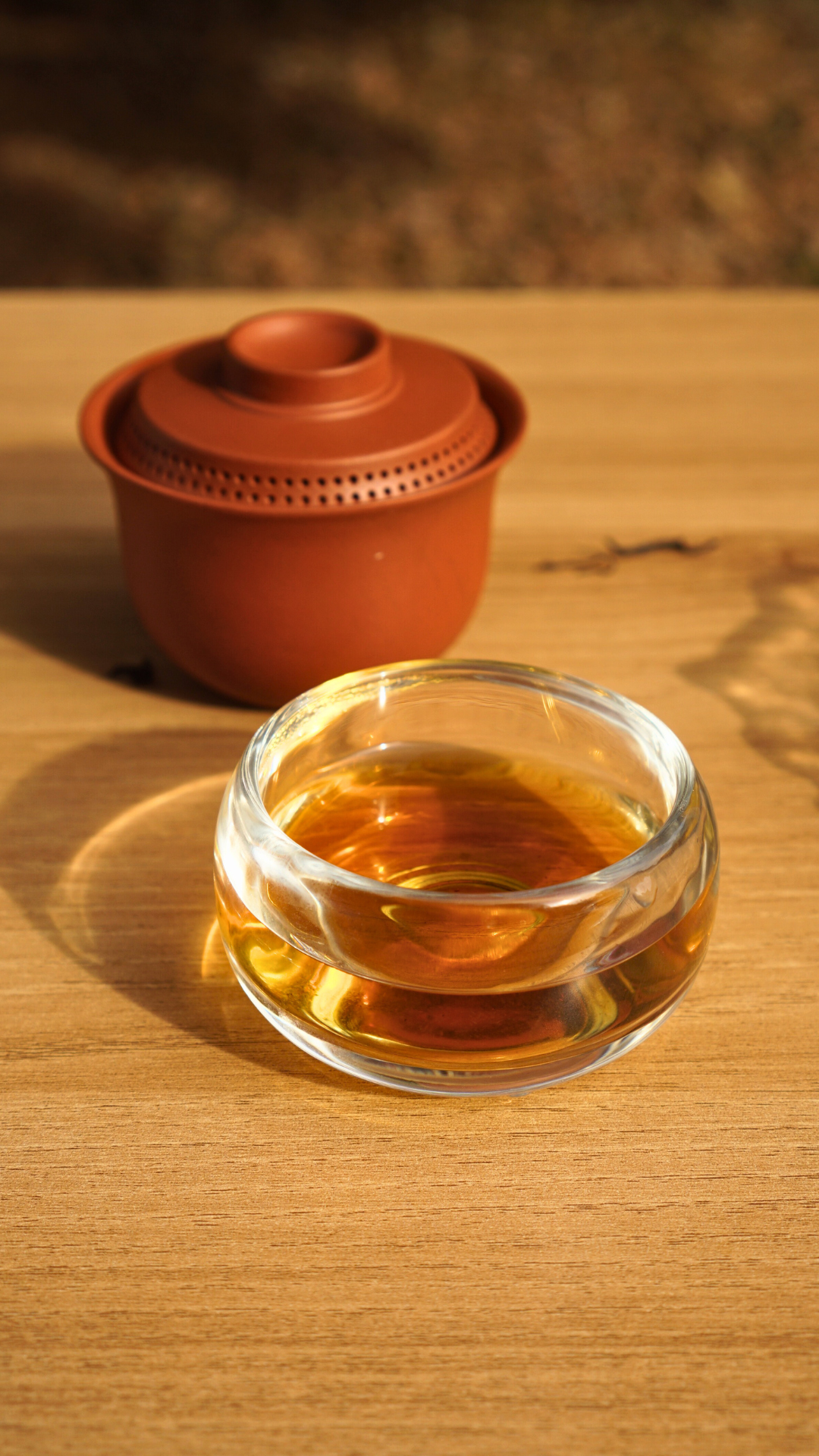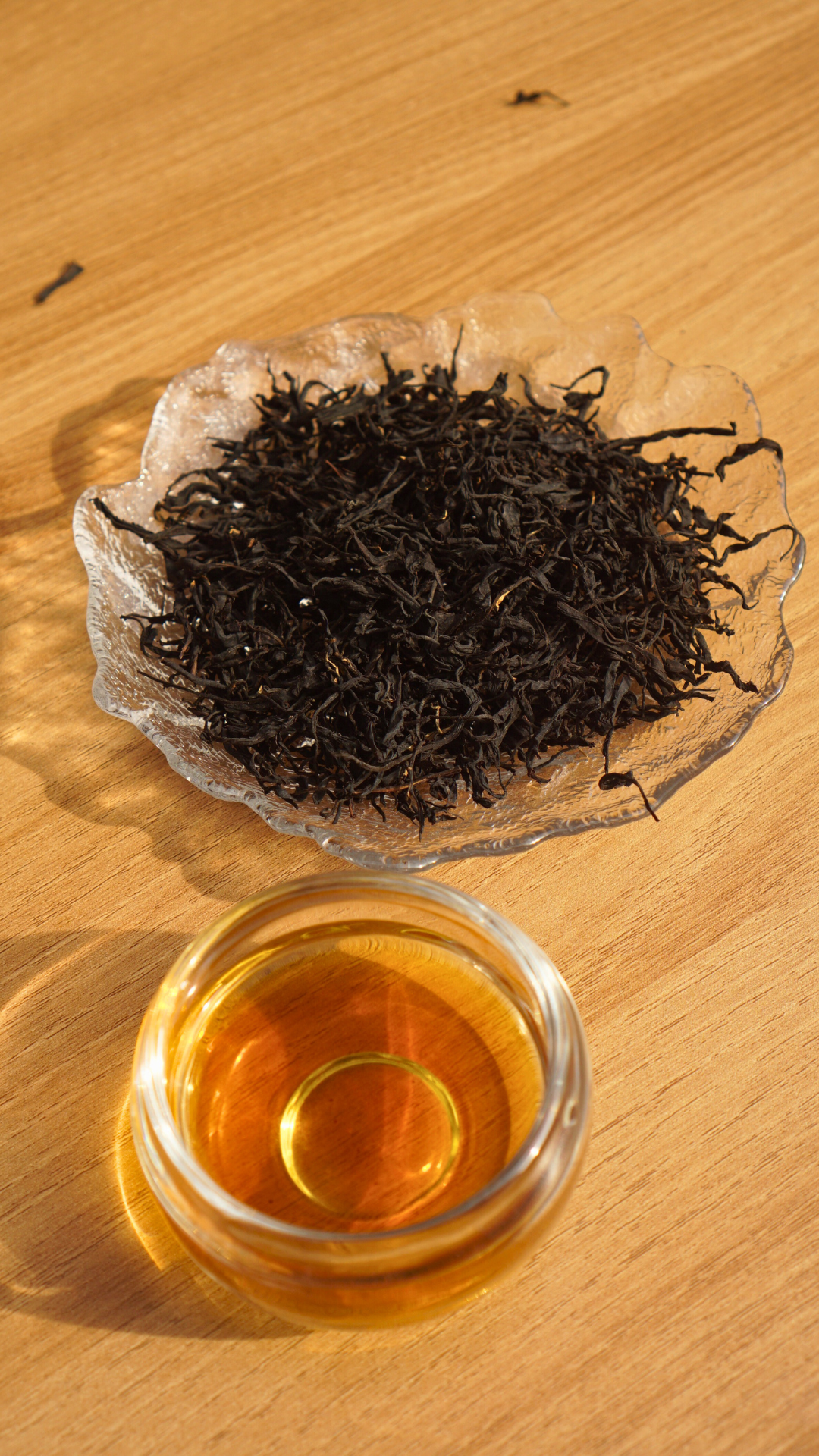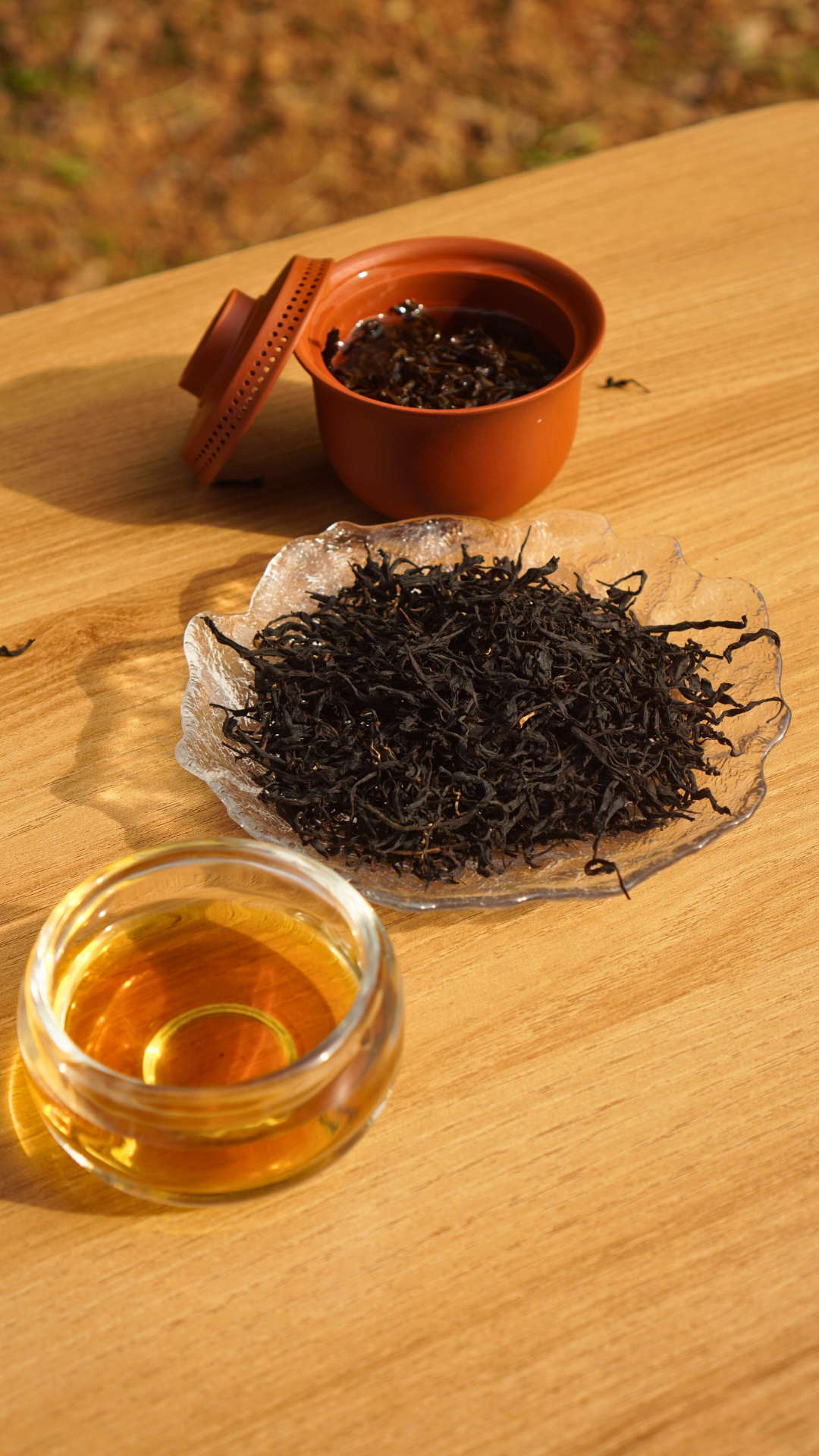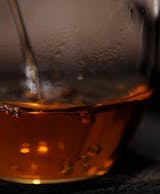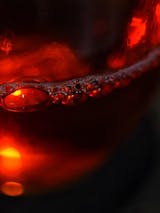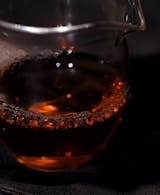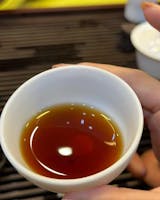Xiushui Abandoned Wild Bush Ning Hong
Xiushui Abandoned Wild Bush Ning Hong
修水野生荒丛宁红
Xiushui(修水) is located at the northwestern border of Jiangxi(江西), in the upper reaches of the Xiushui River, nestled between the Mufu(幕阜) Mountain Range and the Jiuling(九岭) Mountain Range.
The raw material for this tea is picked from abandoned wild tea bushes in the mountainous areas of Xiushui during early spring. Because the wild bush tea trees are not artificially managed, the leaves are not perfectly uniform in shape. However, the tea is rich in internal quality and has an exceptionally fragrant taste. It is highly favored by local veteran tea enthusiasts and is known as a "daily drink tea."
The dry tea has a lustrous black color, a lasting strong fragrance with a hint of wild flower. When brewed, the tea produces a rich orange liquor with a sweet, mellow flavor.
This Ninghong black tea is very durable for brewing; it does not become bitter even after prolonged steeping. You can extend the steeping time appropriately to allow the tea leaves to fully release their rich and mellow flavor. Additionally, this tea is very gentle and pairs well with rose petals or osmanthus flowers to enhance its taste. It can also be boiled for drinking. Feel free to let your imagination run wild.
What is "abandoned wild tea"?
In the past, there were many tea farmers, and as large tea-growing areas were developed, the mid-mountain regions filled up first. Farmers who hadn’t yet developed their own tea gardens had to continue climbing higher into the remote mountains to find suitable places for planting tea trees.
Later, with the economic downturn and sluggish sales, many tea farmers could no longer sustain their operations. They either moved to the cities to work or took up other livelihoods, and many tea gardens were abandoned.
The tea farmers who continued to grow tea relocated their gardens in the deep mountains to more manageable locations, no longer traveling far distances daily to harvest tea.
The tea gardens in the remote mountains were abandoned, leaving once-carefully nurtured tea trees in the wild, overgrown with weeds, left to grow unchecked, and fend for themselves.
After years, decades, or more, through harsh seasons of frost and intense sunlight, and under the natural law of survival of the fittest, only a small number of tea trees survived. These trees, resilient, tenacious, and wild in character, coexisted with flowers and birds, danced in the wind and rain, and absorbed all the sounds of nature.
These "wild teas," naturally grown without human intervention, are scattered and not concentrated in any one place. Harvesting wild tea requires traveling long distances into remote areas, often with no proper paths. Additionally, wild tea grows slowly, and its usable leaves are sparse. After a whole day, only a few pounds of fresh tea leaves can be collected.
Picking and Processing
Picking and Processing
Tea gardens typically harvest in April, with high requirements for leaf tenderness. Spring tea is harvested in 6-7 batches, primarily picking one bud with one to two leaves.

Key processing points for Gong Fu black tea:

Withering: After picking, fresh leaves are placed in withering troughs or withering machines, or can be spread on the floor for natural withering. The purpose of withering is to evaporate appropriate amounts of moisture, making leaves soft and more resilient, promoting internal chemical changes, and eliminating the grassy smell. Generally, withered fresh leaves should reach about 65% water content. Under normal temperature and humidity, natural withering takes 7-8 hours. Withering time is shorter with higher temperatures and lower humidity, and longer in opposite conditions. Proper withering is indicated by shrunken, soft leaves that clump when squeezed but separate when released, darkened color, loss of shine, reduced grass smell, and emerging fragrance. Withering is a crucial processing stage for developing black tea's aroma.

Rolling: The rolling process for strip-style black tea is similar to green tea, but with higher standards - the strip formation rate must exceed 90%, cell destruction rate over 80%, and tea juice should ooze but not drip. Therefore, higher performance is required from rolling machines.

Fermentation: Fermentation is a unique stage in black tea processing, allowing polyphenols to fully oxidize, creating black tea's characteristic color, aroma, and taste. Black tea is called fermented tea because its red liquor and leaves result from fermentation. Currently, Kung Fu black tea processing still follows traditional methods, with a relatively long processing cycle - over 4 hours from rolling to drying. Fermentation actually begins during rolling, with separate fermentation on the floor lasting only about 2 hours. The ideal fermentation temperature is 24-25°C, with humidity above 80%. Air circulation is necessary for complete oxidation. Proper fermentation is achieved when the grassy smell disappears, aroma develops, and leaves turn red.

Drying: Drying is the final step in black tea processing, aimed at stopping fermentation, evaporating moisture, and achieving crude tea product requirements. Black tea drying typically uses drying machines with a two-stage process.
The first stage is called rough drying, the second final drying. Rough drying should achieve 20%-25% moisture content, final drying 4%-6%. Between stages, tea leaves are cooled and allowed to reabsorb some moisture before the second drying. Drying temperatures follow the principle "high for rough drying, low for final drying" - high being 110-120°C, low being 85-95°C.
Brewing
Brewing
White porcelain teaware is best suited for brewing Gong Fu black tea, such as white porcelain gaiwan, white porcelain teapot, white porcelain cups, etc.
First rinse all utensils with hot water, then add about 3-5 grams of black tea, and pour 90°C~95°C hot water into the gaiwan to 2/3 full, then quickly pour it out - commonly known as "tea rinsing."
When pouring with the teapot, the steeping times from the first to tenth infusion should be approximately: 15 seconds, 25 seconds, 35 seconds, 45 seconds, 1 minute, 1 minute 10 seconds, 1 minute 20 seconds, 1 minute 30 seconds, 2 minutes, 2 minutes 30 seconds. The steeping time can be adjusted according to personal preference.
After brewing, it is recommended to pour the tea into white porcelain cups for appreciation. If a golden ring remains on the cup wall for a long time without dissipating, such black tea is considered premium and precious.
Black Tea Storage
Black Tea Storage
The quality of black tea is determined during the fermentation
process, and if stored properly, its quality remains relatively stable. Black tea has a long shelf life that can last for several years.
The key principles for storing black tea are: avoid light exposure, keep sealed, maintain room temperature, and prevent moisture.
1. Storage Container Selection
Although tea often comes with canisters or bags when purchased, it's best to use professional containers for long-term storage. The ideal containers for tea are made of porcelain, stainless steel, or tinplate. Before placing black tea inside, wrap it in plastic bags and remove air from the bags to better preserve the tea's aroma.
2. Storage Environment Conditions
The storage environment directly affects the quality of tea preservation. The optimal storage environment for tea should be dry, room temperature, and away from light. Additionally, avoid humid conditions, as black tea can easily absorb moisture and deteriorate. Direct sunlight will destroy vitamin C in tea leaves and alter their color and taste; high temperatures will accelerate the breakdown of effective components, reducing nutritional value.
3. Storage Duration
Although black tea can be stored for long periods, even under optimal storage conditions where it can maintain its flavor for 3-5 years, it is still recommended to consume it within 1 year.
- Gong Fu Black Tea
- 500g/pouch
- Free Shipping
Couldn't load pickup availability
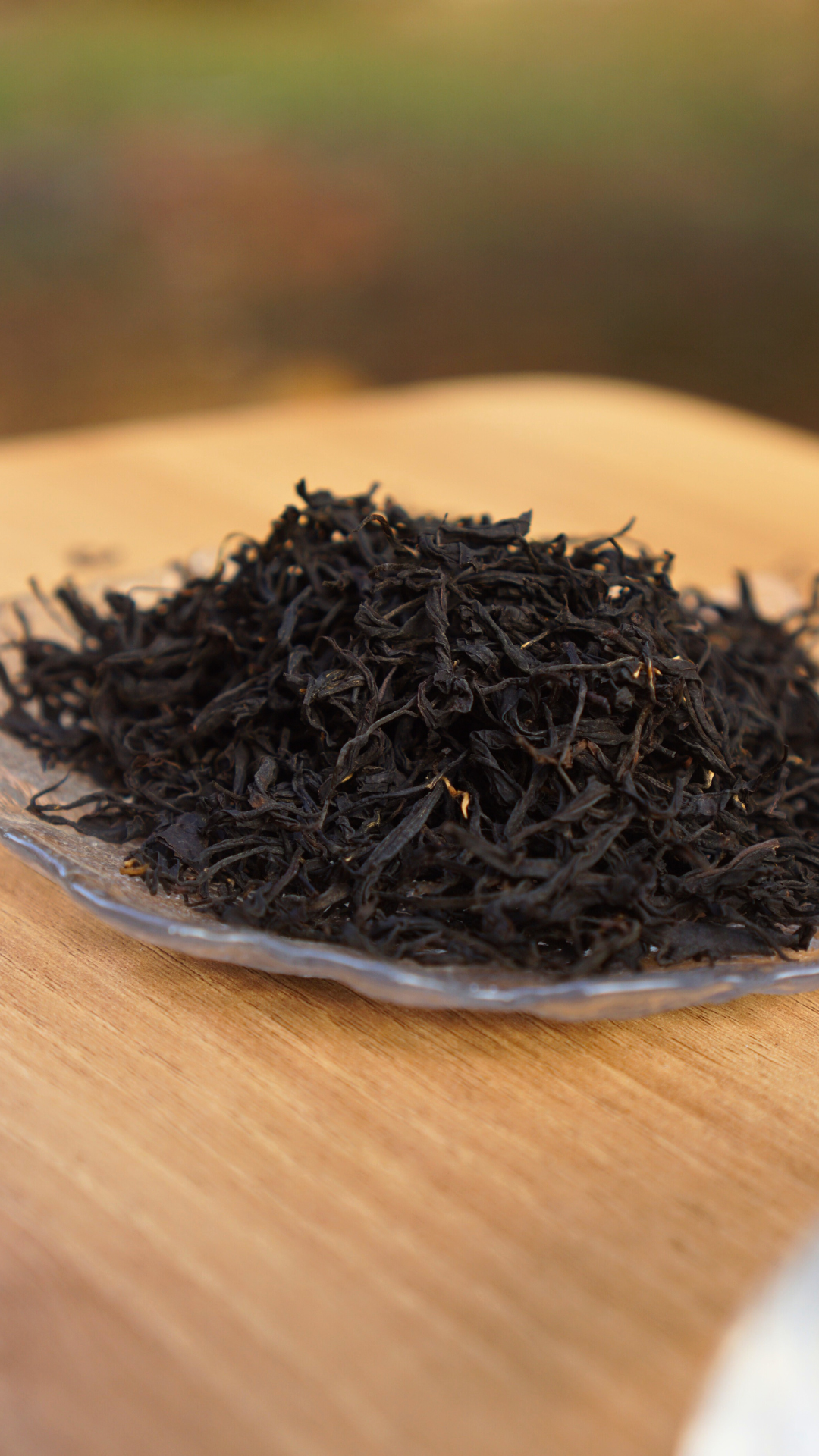
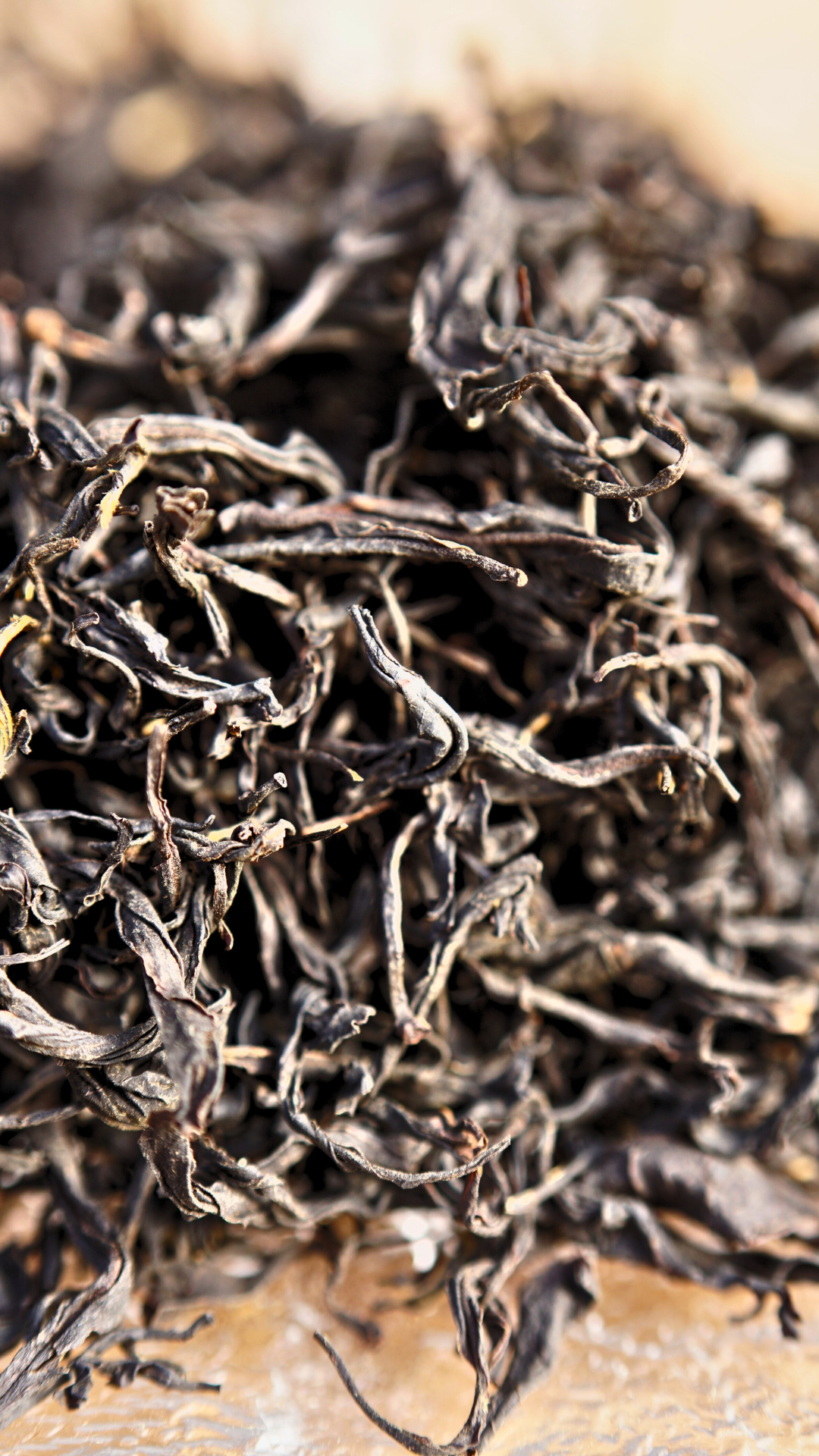
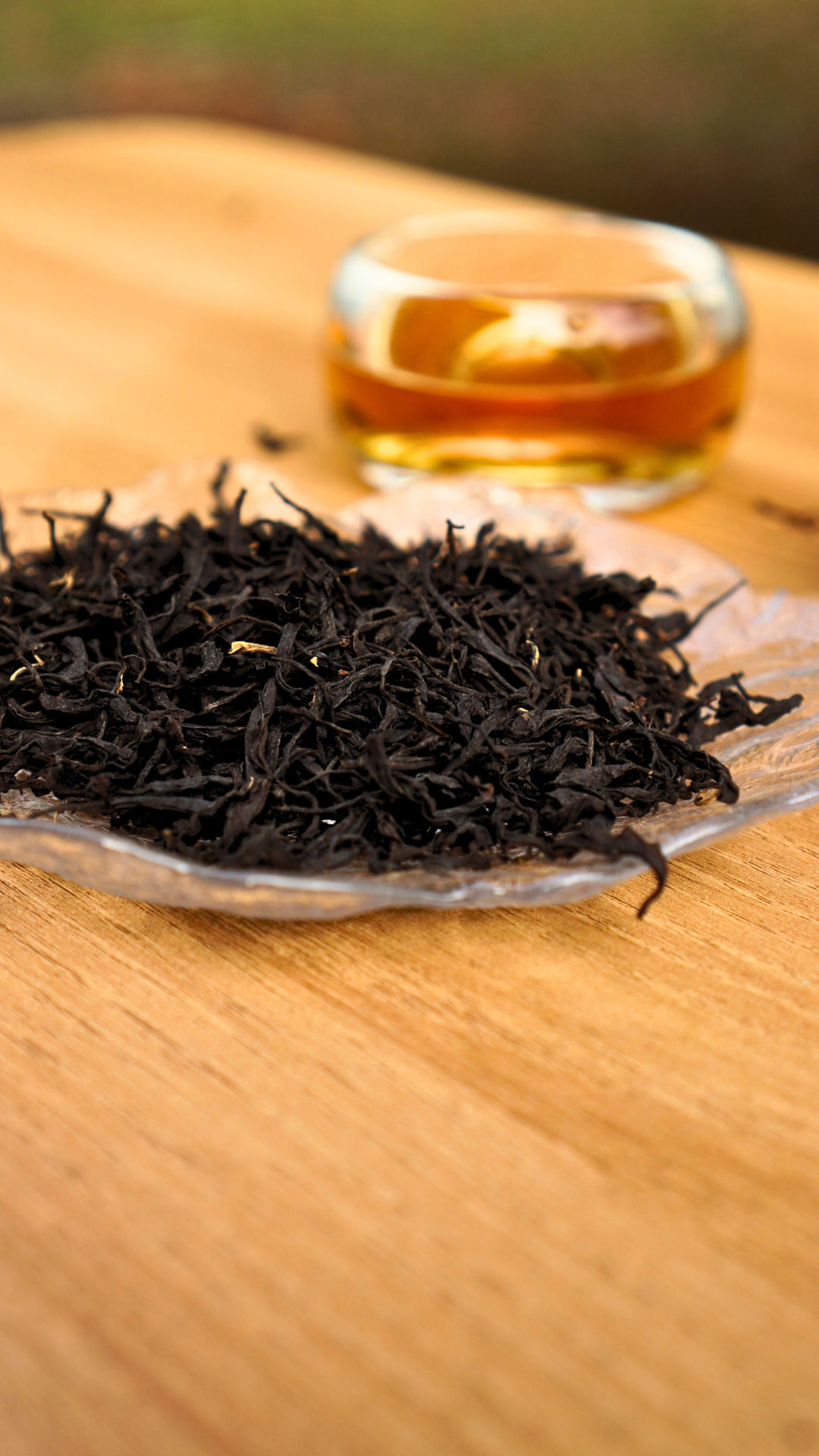
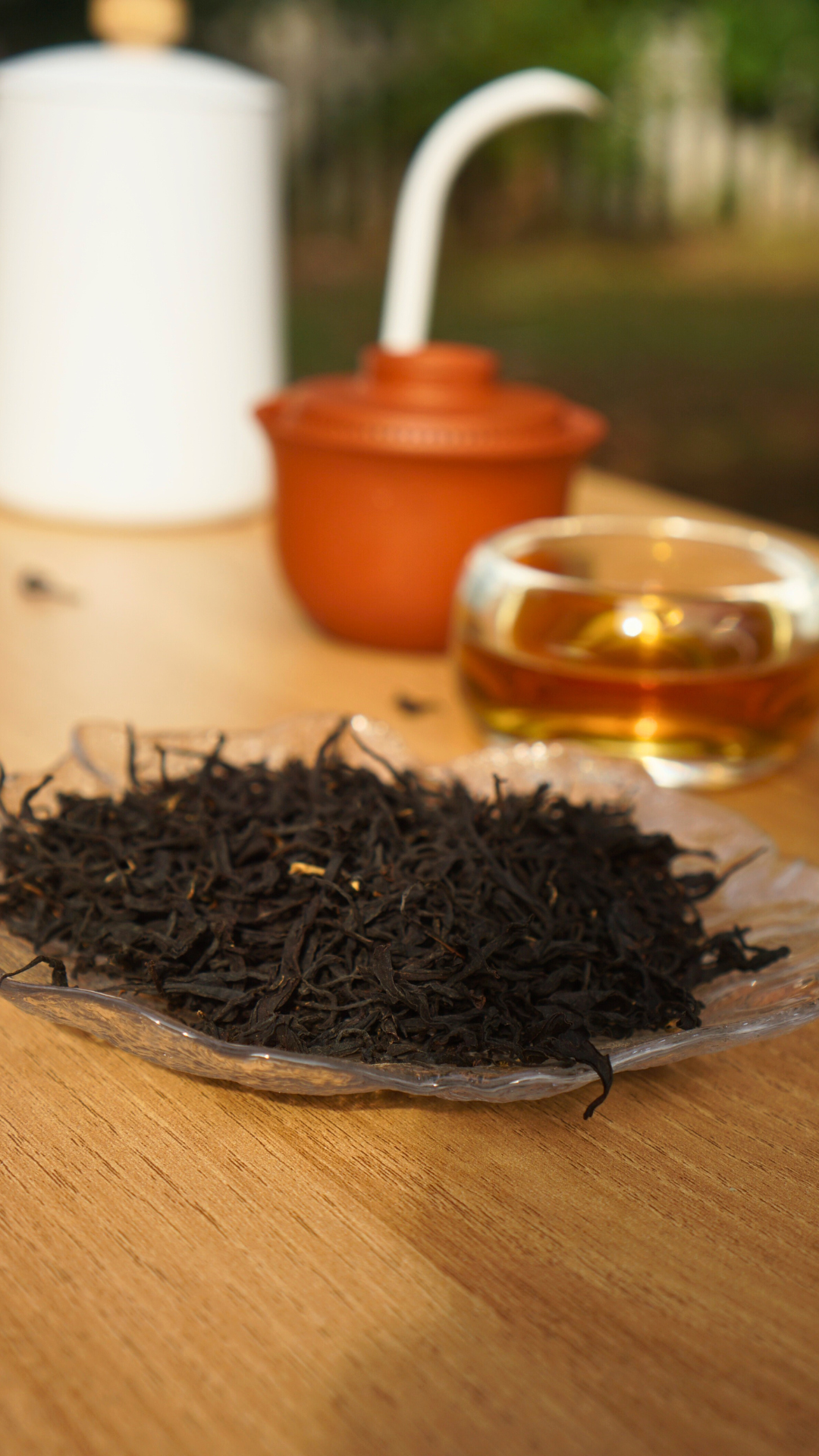
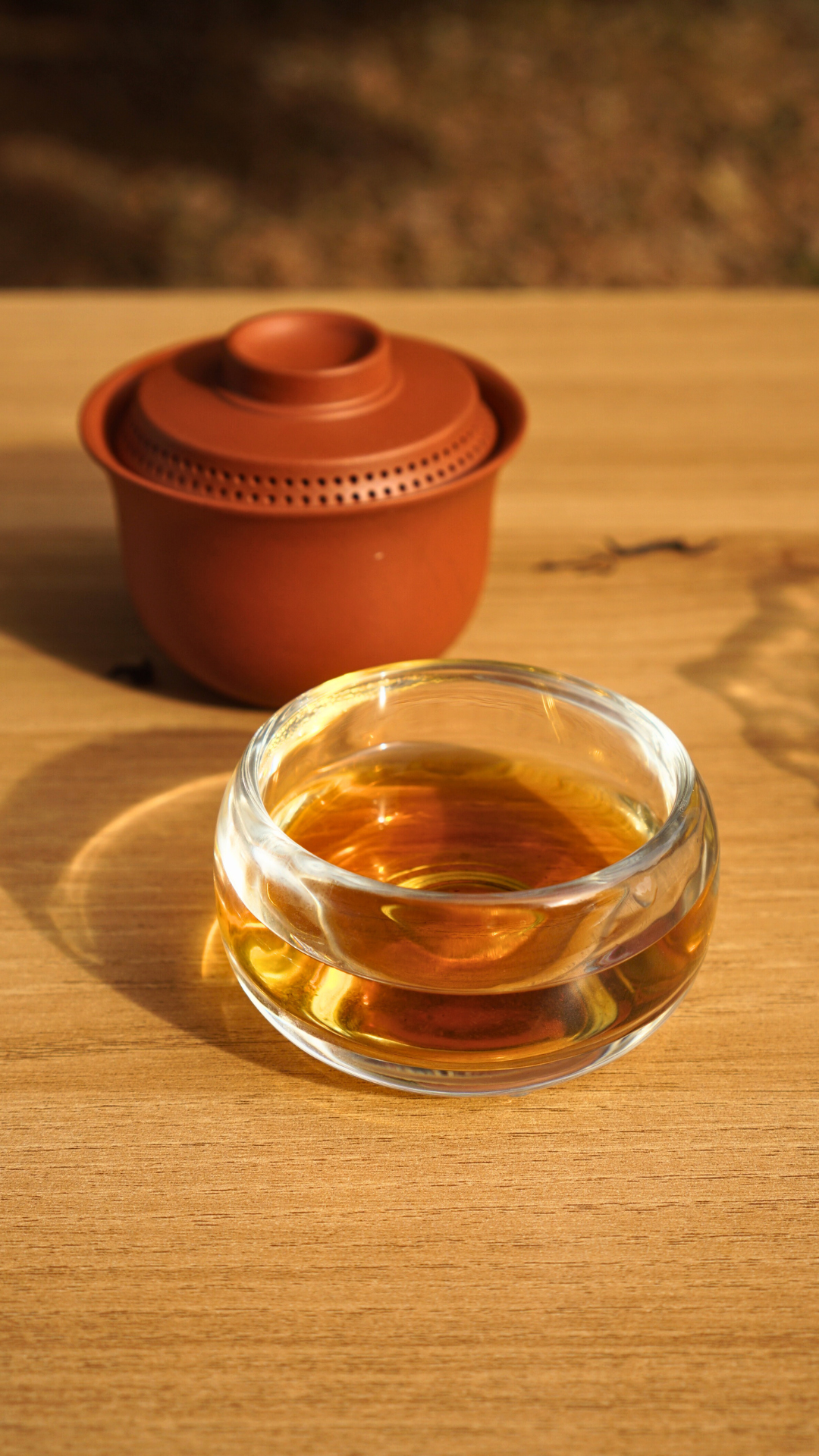
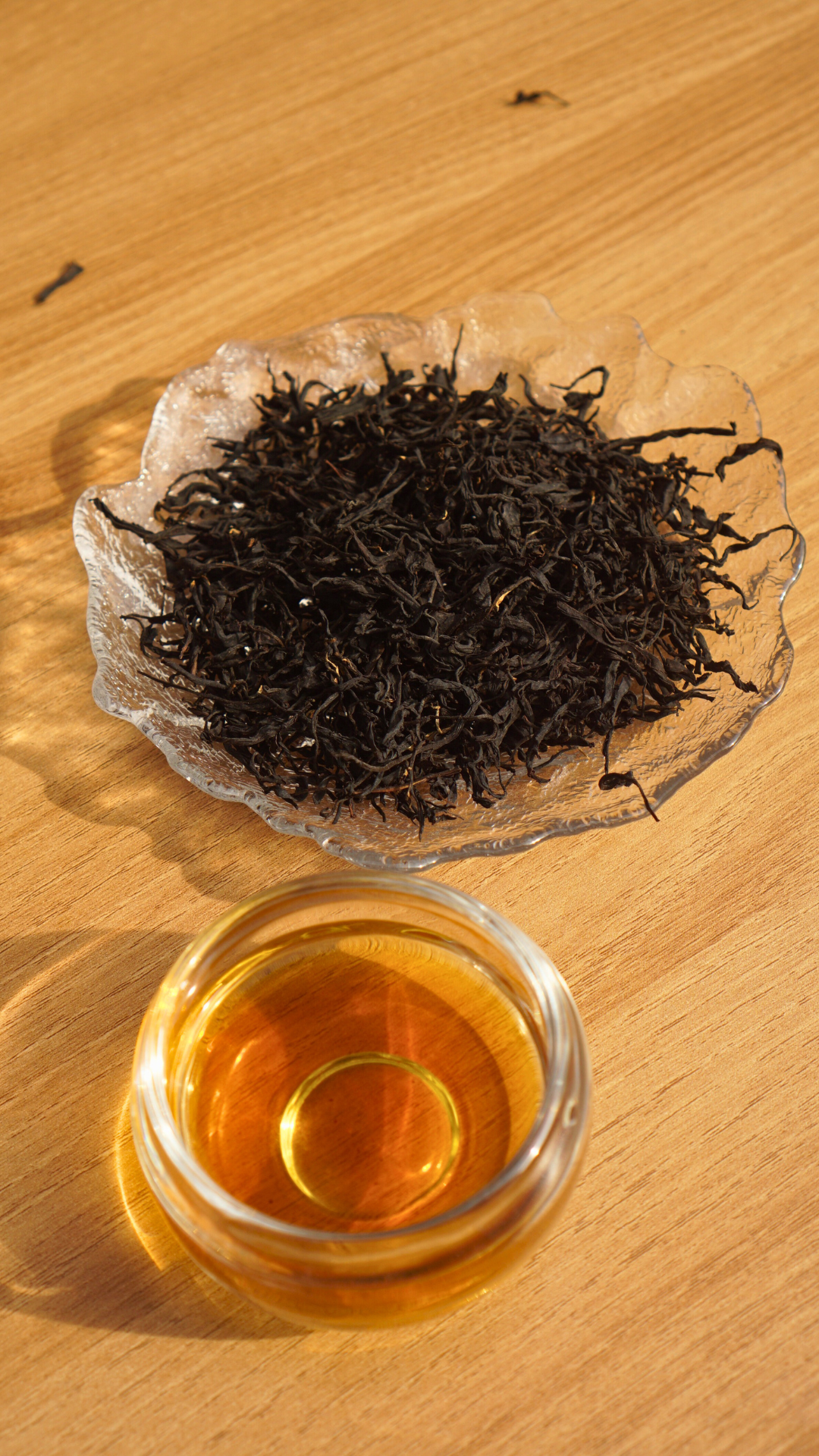
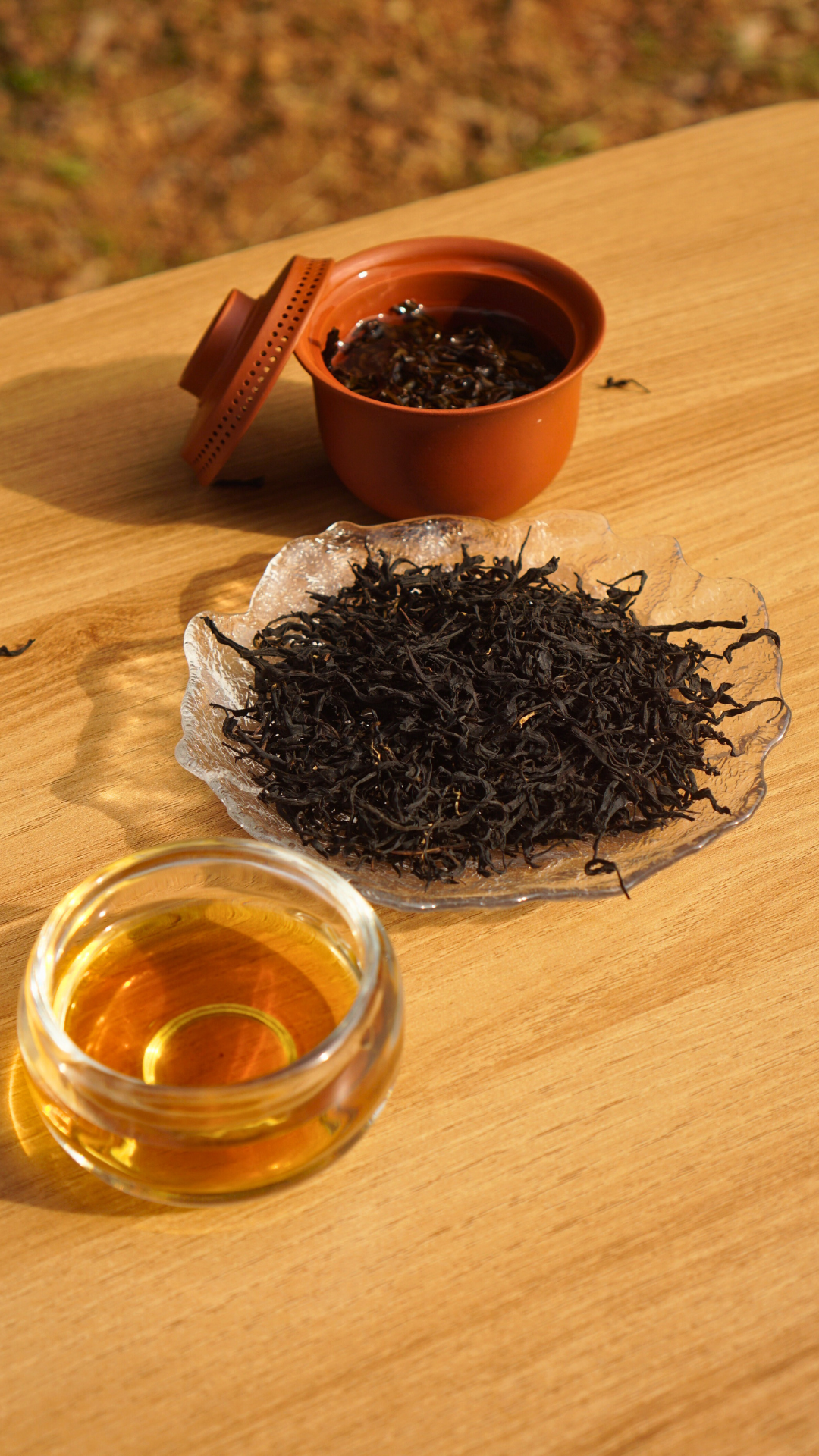
Good black tea is like fine red wine: rich in aroma, layered in flavor, with a clear infusion and a captivating redness.
This tea taste like fruity, sweet and bitter. It taste fine with milk and sugar. I prefer it without milk and sugar.
I now understand what "abandoned wild bush" tea means. This time, I bought both the abandoned wild bush green tea and this black tea. I think the value of abandoned wild bush tea is underestimated. Perhaps it doesn’t look good enough? no golden or silver hairs? But I think this tea is fantastic. It’s inexpensive and very suitable for brewing using oolong tea methods, which can bring out a very unique fragrance. I’m already obsessed.

